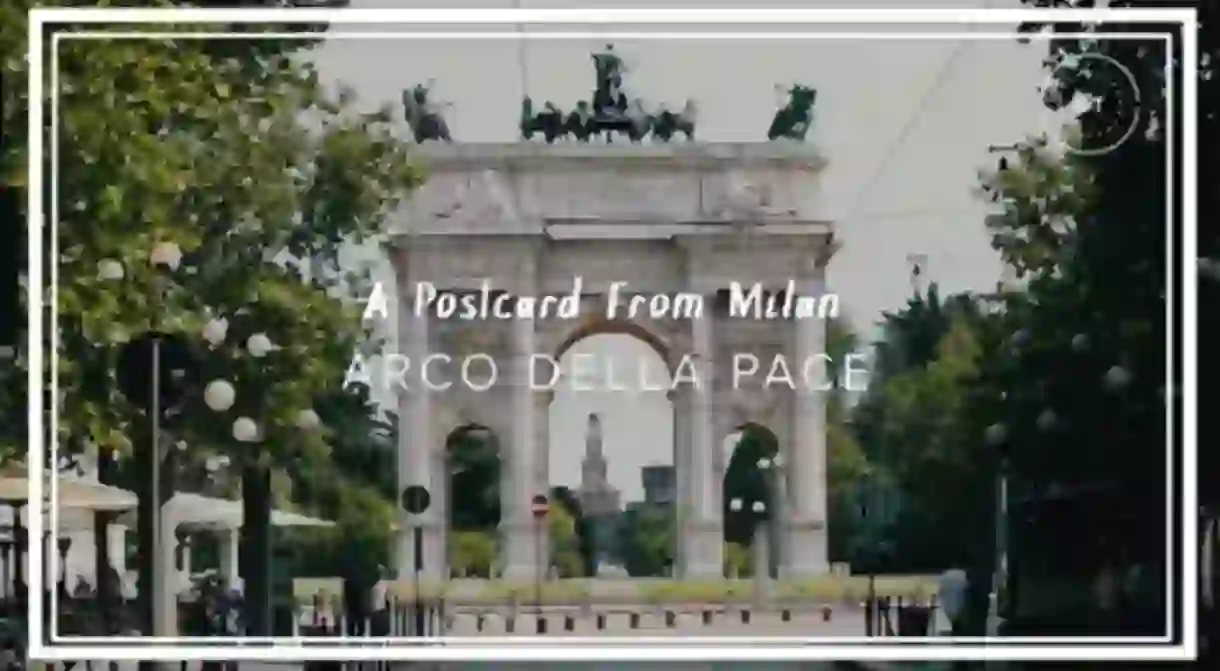History of Arco della Pace in 60 Seconds

The neoclassical Arco della Pace, or “Arch of Peace”, is a triumphant arch located at Porta Sempione, one of Milan’s many city gates. The arch was built under Napoleon’s rule of the short-lived Italian Republic (1802–1805) to echo the Arc du Triomphe in Paris. The arch, in fact, is built at the start of Corso Sempione, a road that connects Milan to Paris along the Simplon Pass, with the intention that Napoleon would pass through it on his way into the Italian city.
Arco della Pace, one of Milan’s greatest examples of neoclassical architecture, was built by Luigi Cagnola between 1807–1838. It contains bas-reliefs, statues, and Corinthian columns, and is made up of a number of materials, including marble, bronze and stucco. The arch was originally intended to document Napoleon’s victories, but construction was abandoned when the Napoleonic Kingdom of Italy was conquered by the Austrian Empire.
Work on the arch resumed in 1826 under the rule of Emperor Francis II who dedicated the structure to the Congress of Vienna (1815) which sought to develop a long-term peace plan for Europe after the Napoleonic Wars. Ironically, the bas-reliefs on the monument depict scenes from the Battle of Leipzig, which lead to Napoleon’s defeat, rather than pay testament to his military victories. Other bas-reliefs include references to major events in Europe, such as the Congress of Prague, the Battle of Kulm, and the Congress of Vienna.
The arch is similar in design to the Arch of Septimius Severus in the Roman Forum, and features arched openings along with four Corinthian columns. It stands at 25 meters high and is topped with bronze statues, including the central figure of a Goddess led by four horses and an inscription that reads Sestina della Pace (poem by peace). Just below the statues are personified representations of of the four rivers located within the Lombardy-Veneto kingdom: the Po, the Ticino, the Adile and the Tagliamento.













